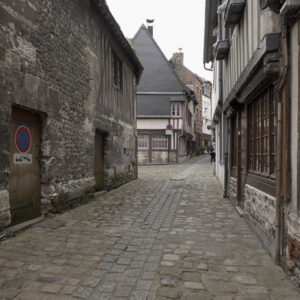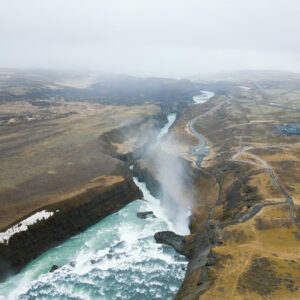Visiting Santiago de Compostela
Our voyage brought us first to A Coruña, a vibrant coastal city in Spain’s northwestern region of Galicia. Known for its Atlantic charm, maritime heritage, and Roman lighthouse — the Tower of Hercules — A Coruña offers a picturesque gateway to one of Spain’s most spiritually and culturally significant destinations: Santiago de Compostela.

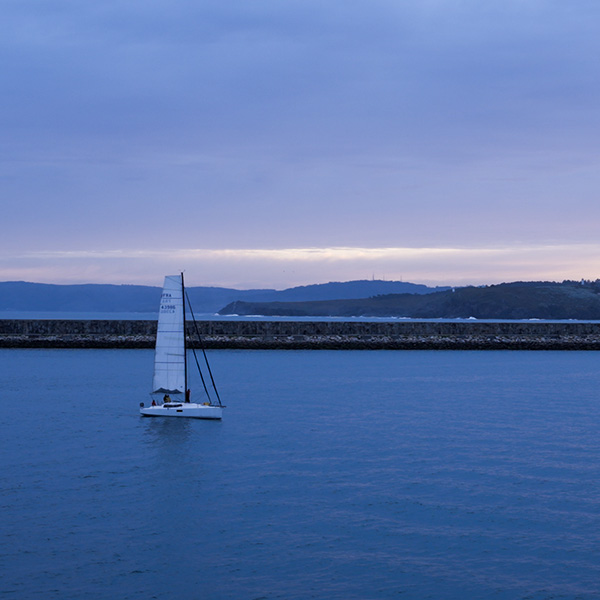
From A Coruña, we continued inland by bus, crossing lush Galician countryside marked by stone villages, eucalyptus groves, and soft morning mist. It’s a landscape that has welcomed pilgrims for centuries — and arriving in Santiago de Compostela, even as a modern traveler, carries a certain weight. This city is more than a place; it is a destination of meaning.
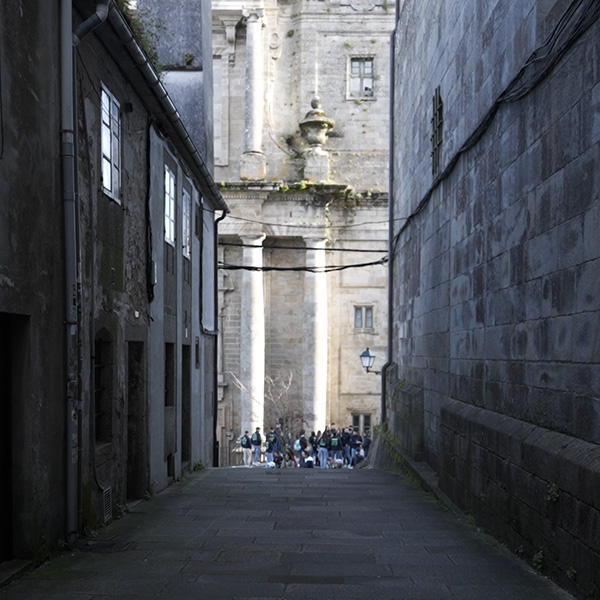

The Old Town: A UNESCO Treasure
Santiago’s historic center, a UNESCO World Heritage Site, is a labyrinth of narrow granite alleys, shaded arcades, and quiet squares. The city breathes history. Medieval monasteries stand beside quiet cafés, while small shops sell hand-carved wooden staffs and scallop shells — symbols of the Camino de Santiago.
Despite the crowds drawn to this sacred city, the old town retains a timeless atmosphere. Cobbled lanes lead to sudden bursts of sunlight and the sound of Galician bagpipes echoing under stone arches. It’s a place where the sacred and the everyday coexist, beautifully.
The Cathedral: Heart of the Pilgrimage
At the center of it all is the Cathedral of Santiago de Compostela, one of the most important religious structures in Europe. Built on the site where the remains of Saint James the Apostle are believed to be buried, the cathedral has been the final destination of the Camino de Santiago since the 9th century.
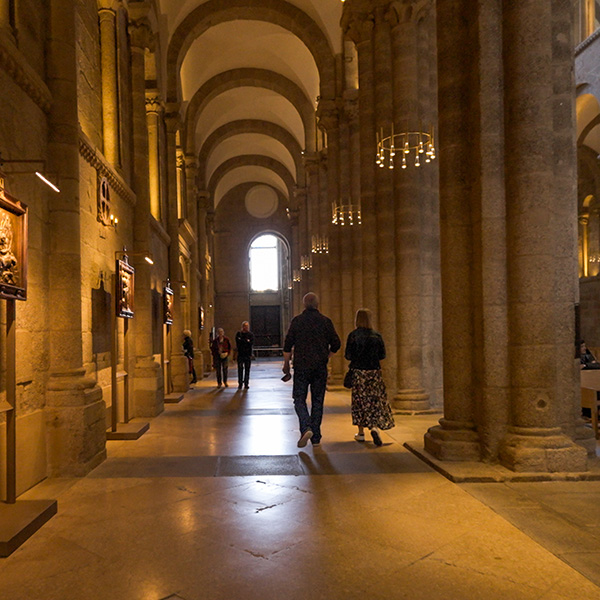
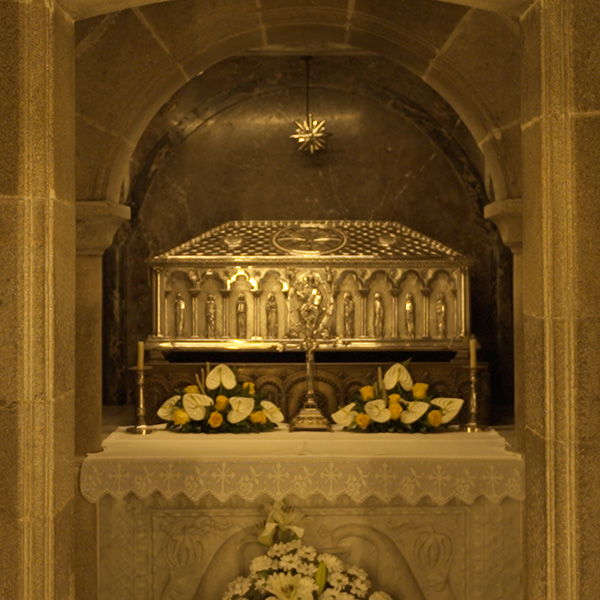
The façade facing Praza do Obradoiro is an ornate Baroque masterpiece — grand, layered, and theatrical. But it’s what lies within that moves many visitors.
Inside the cathedral, Romanesque, Gothic, and Baroque elements blend seamlessly. The high altar, rich with gold leaf and guarded by statues of saints and angels, rises like a golden mountain. Behind it, pilgrims embrace the statue of St. James, a tradition dating back hundreds of years. Beneath the altar, the crypt holds the relics of the apostle — a place of quiet reverence.
Perhaps the most unforgettable moment is the swinging of the Botafumeiro — the giant censer that fills the cathedral with clouds of incense. Though only used on special occasions, its movement through the nave is both dramatic and deeply symbolic.
While Santiago is undeniably a religious destination, it also offers a unique cultural identity shaped by Celtic roots, Galician language, and regional cuisine. From fresh octopus (pulpo a la gallega) to local cheeses and Albariño wine, the flavors here are as rich as the history.
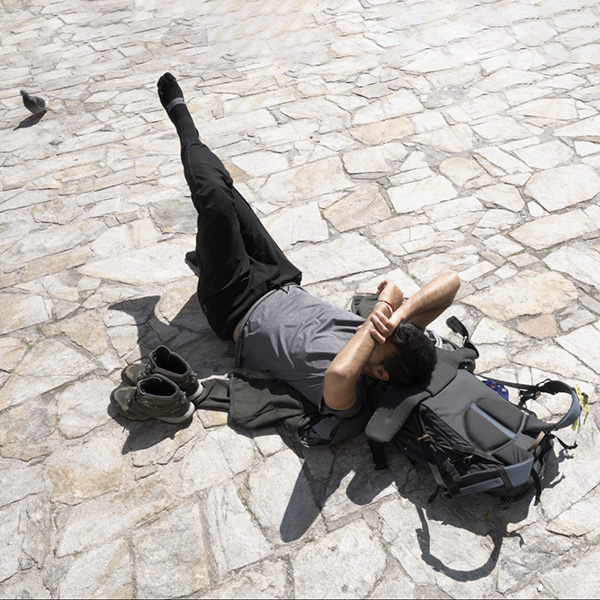
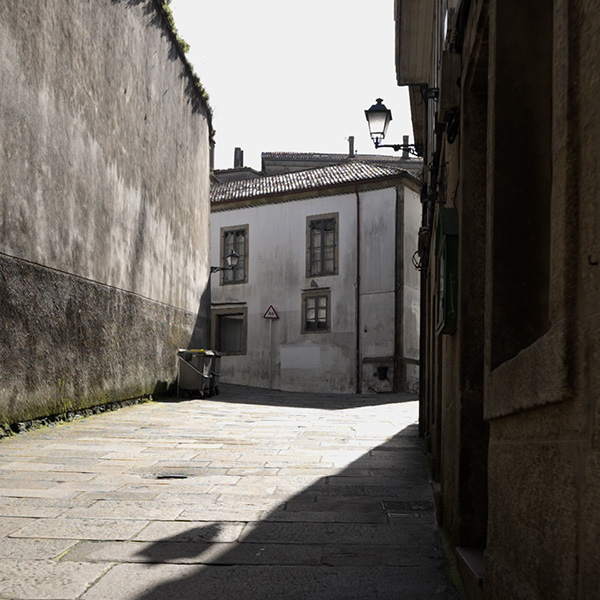
Practical Tips for Visiting Santiago de Compostela
- Getting There: From A Coruña, Santiago is about 75 km south — just over an hour by bus or car.
- Best Time to Visit: Spring and early autumn offer mild weather and fewer crowds.
- Clothing: Comfortable shoes are essential. The old town is best explored on foot.
- Cathedral Entry: Free to visit, but the museum, rooftop tour, and Portico of Glory require tickets (highly recommended).
- Pilgrim Masses: Held daily, often at noon — arrive early for seating.
Whether you’re a pilgrim walking the Camino or a traveler arriving from sea, Santiago de Compostela offers a profound experience — a blend of history, architecture, devotion, and atmosphere that lingers long after you leave.



